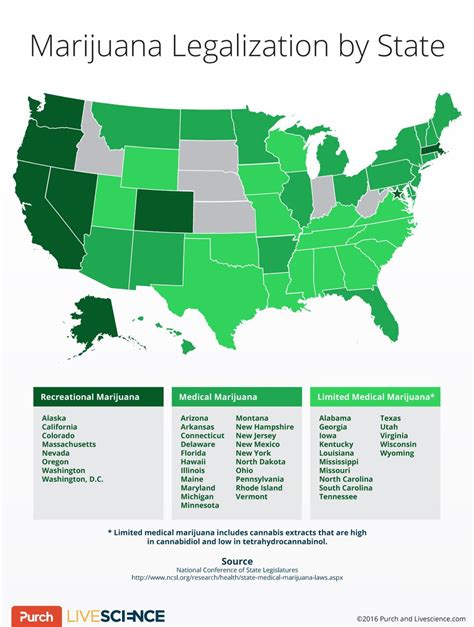The landscape of cannabis legalization in the United States has been rapidly evolving. As of March 1, 2023, recreational marijuana use has been legalized in 21 states, along with Washington D.C., Guam, and the Northern Mariana Islands. These laws have removed state-imposed penalties for certain activities involving marijuana.
In a notable development, Minnesota became the 23rd state to legalize recreational cannabis. The new law, effective from August 1, 2023, permits personal possession of up to 2 pounds of marijuana. This legislation, sponsored by Rep. Zack Stephenson (DFL-Coon Rapids) and Sen. Lindsey Port (DFL-Burnsville), also establishes a regulatory framework for cannabis use and sales.
One significant aspect of the Minnesota law is the provision for home-growing cannabis. Residents are allowed to grow up to eight cannabis plants, with a maximum of four mature plants at any given time. This move towards legalization is part of a broader trend across the United States, with states recognizing the need for regulated, safe cannabis use.
The Federal Status of Marijuana remains complex, with a growing policy gap between federal laws and state regulations. In October 2022, President Joe Biden granted clemency to certain low-level federal marijuana offenders and initiated a review of marijuana’s status under federal law.
Adult-use marijuana purchases have also been regulated in various states. For instance, as of July 1, 2023, adults over 21 in Maryland can legally purchase and possess cannabis, with a limit of 3 ounces per transaction. This development comes with an emphasis on informed, responsible, and safe consumption.
Ohio is also witnessing a shift in its marijuana policy. After the marijuana industry proposed a law for recreational use and facilitated its inclusion in the state ballot, Ohioans are set to decide on the legalization of casual non-medical marijuana use and the establishment of new marijuana farms and stores.
The Centers for Disease Control and Prevention (CDC) provides insights into the nature of marijuana. Cannabis contains over 100 cannabinoids, including THC (tetrahydrocannabinol), which is impairing, and CBD (cannabidiol), which is not impairing. The CDC’s focus is on informing the public about the effects and potential risks associated with marijuana use.
For more detailed information on these developments, visit the following resources:
Recently Adopted Cannabis Legalization Laws
Recent Developments in Marijuana Law – CRS Reports
Know Before You Grow: Home-growing Cannabis Safely
New Laws – Minnesota House of Representatives
Adult-Use Cannabis Legalization – Maryland Cannabis Administration
What We Know about Marijuana – Centers for Disease Control and Prevention
